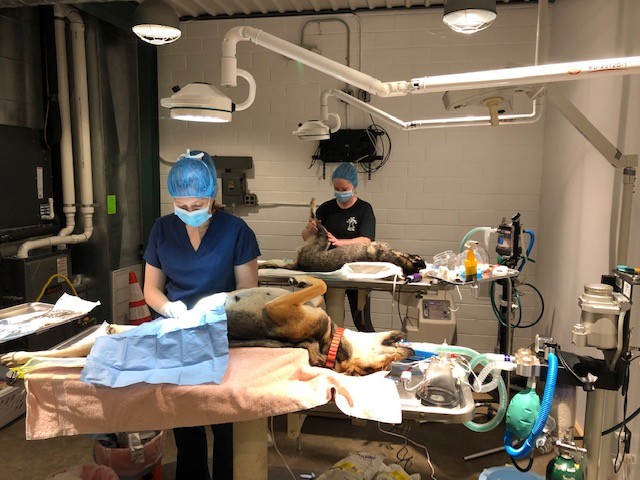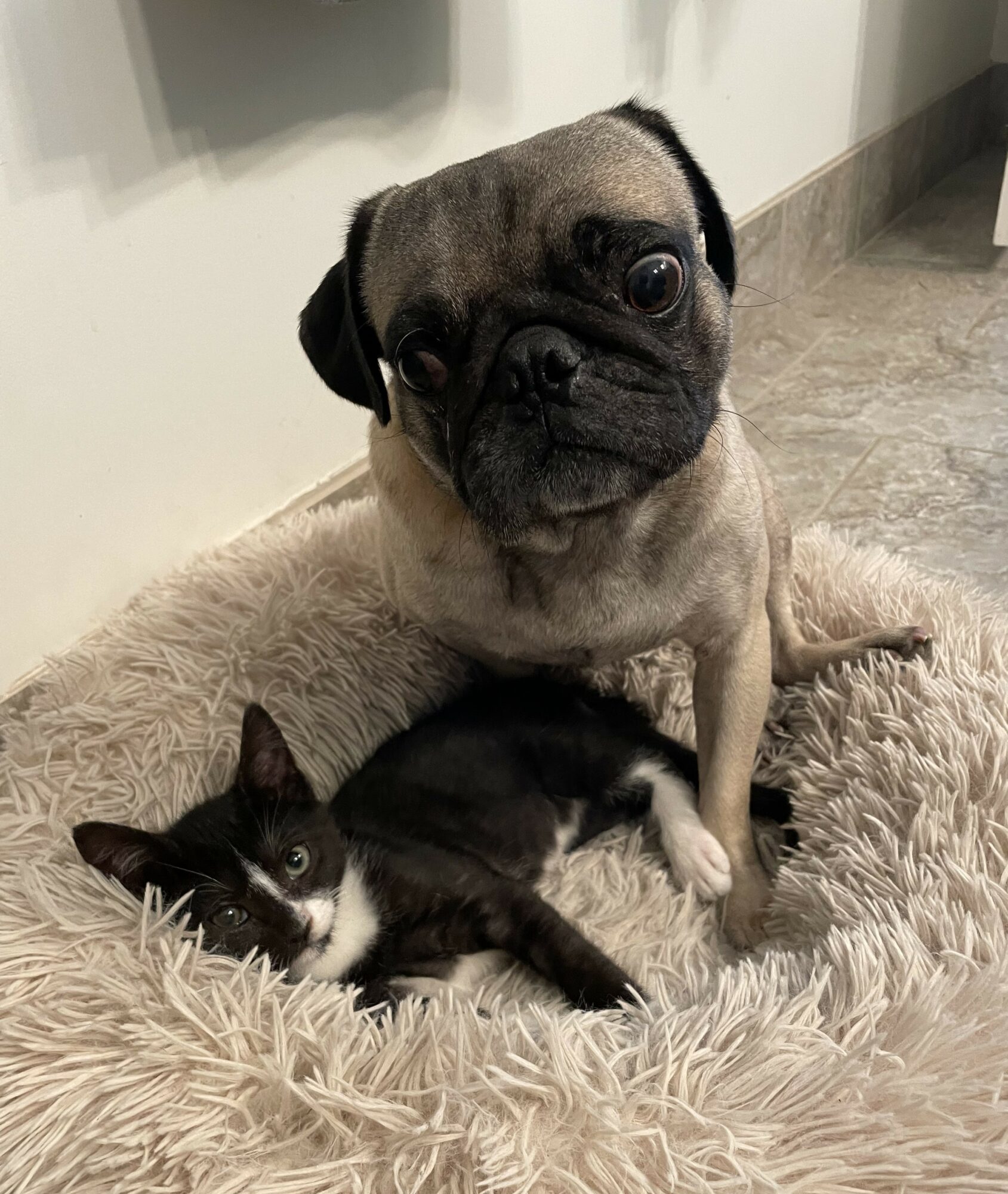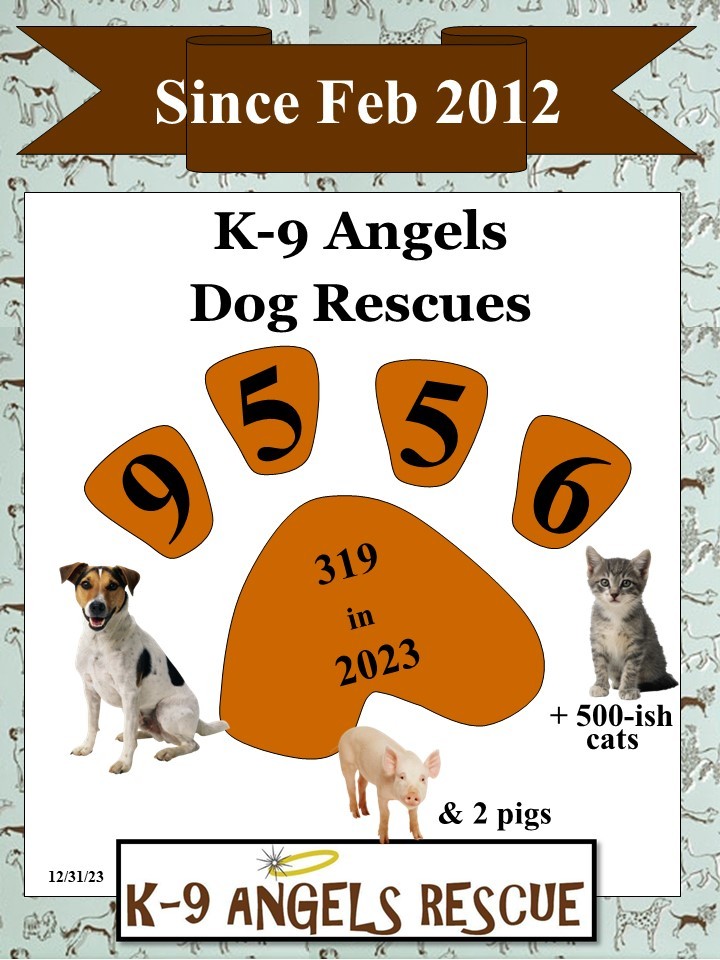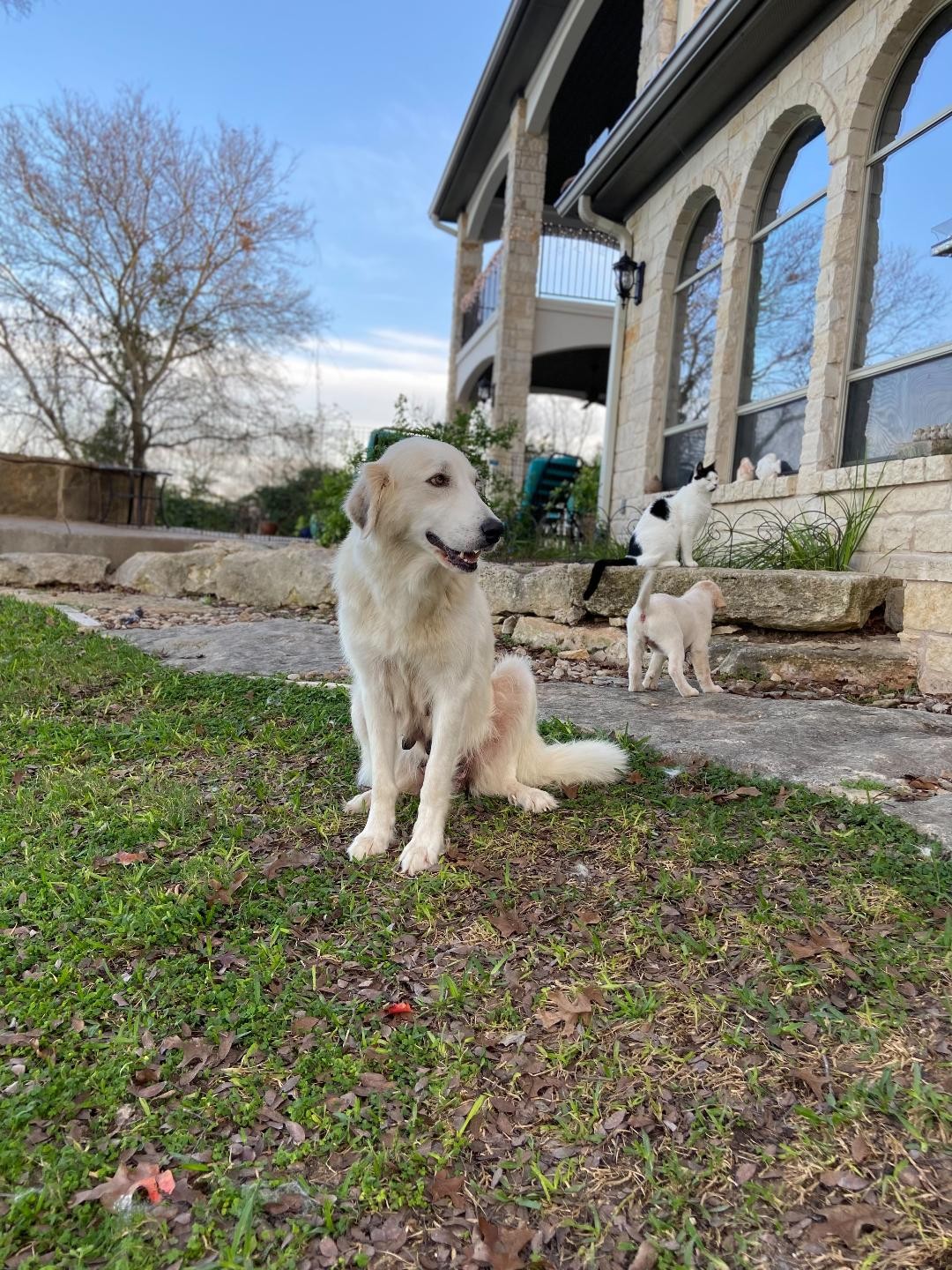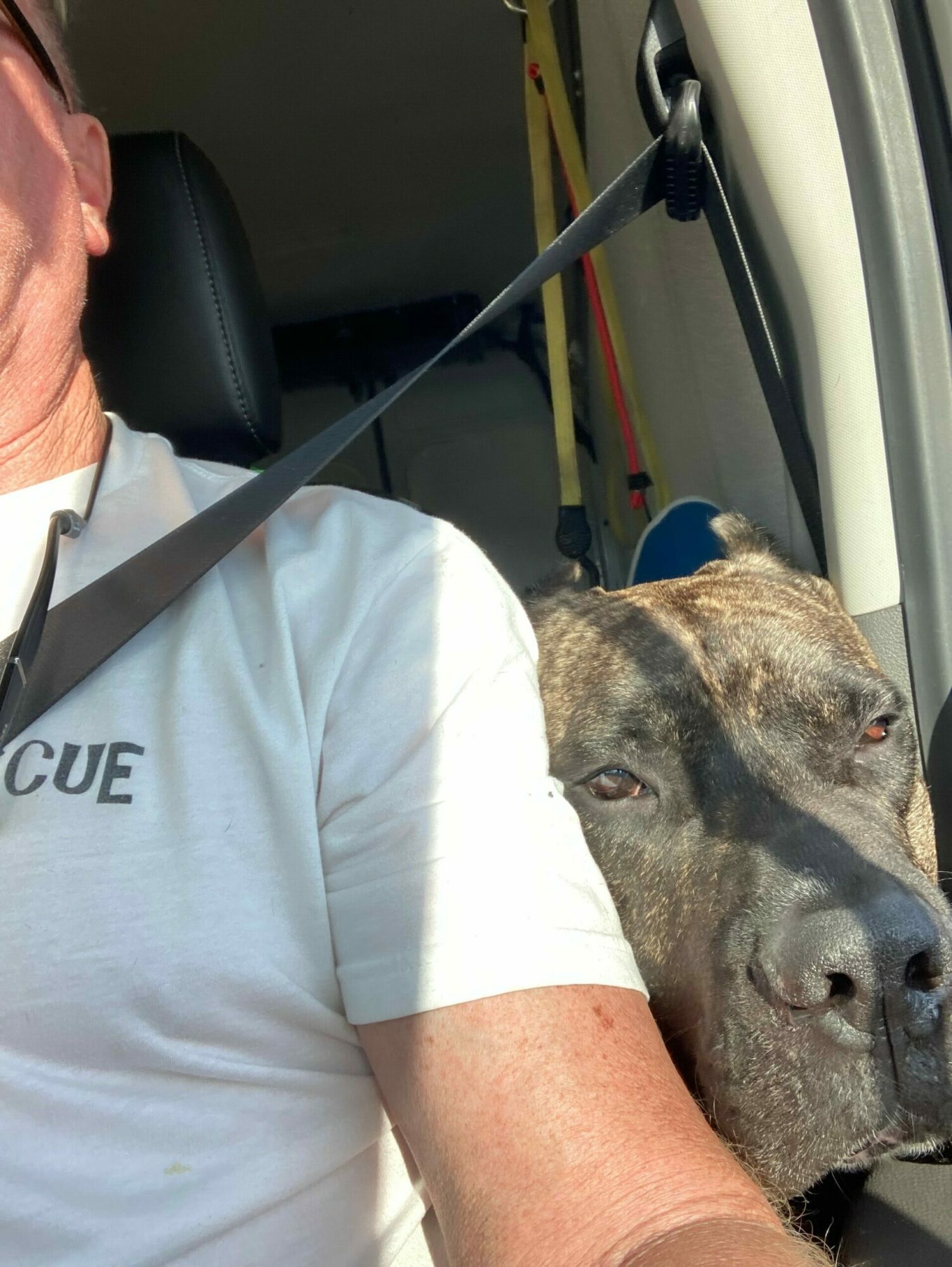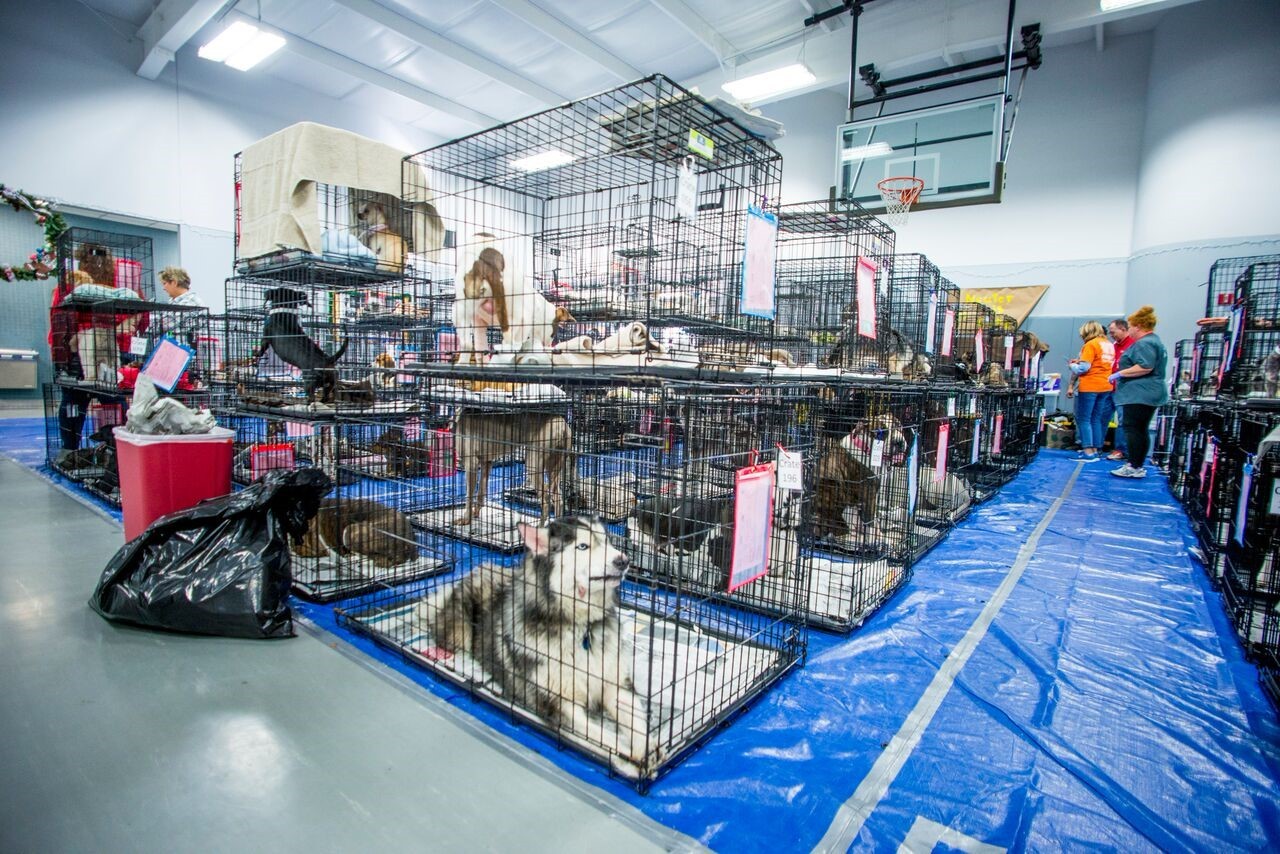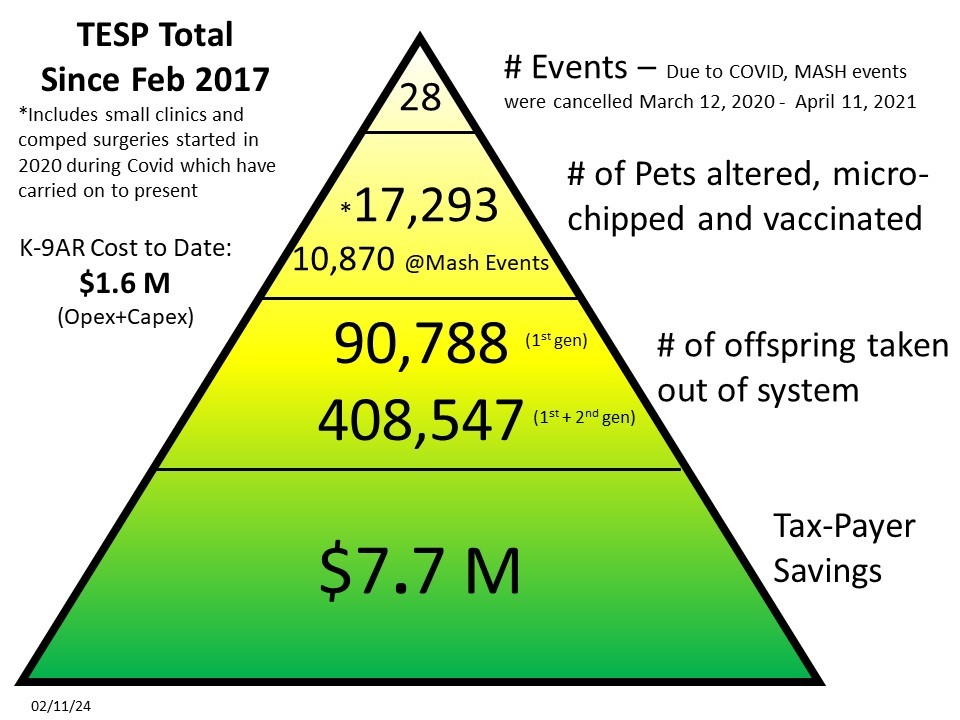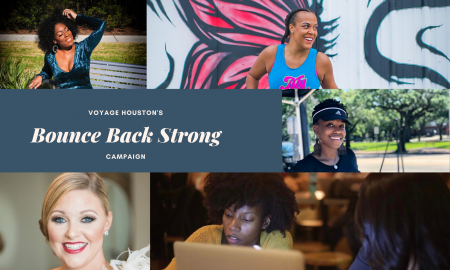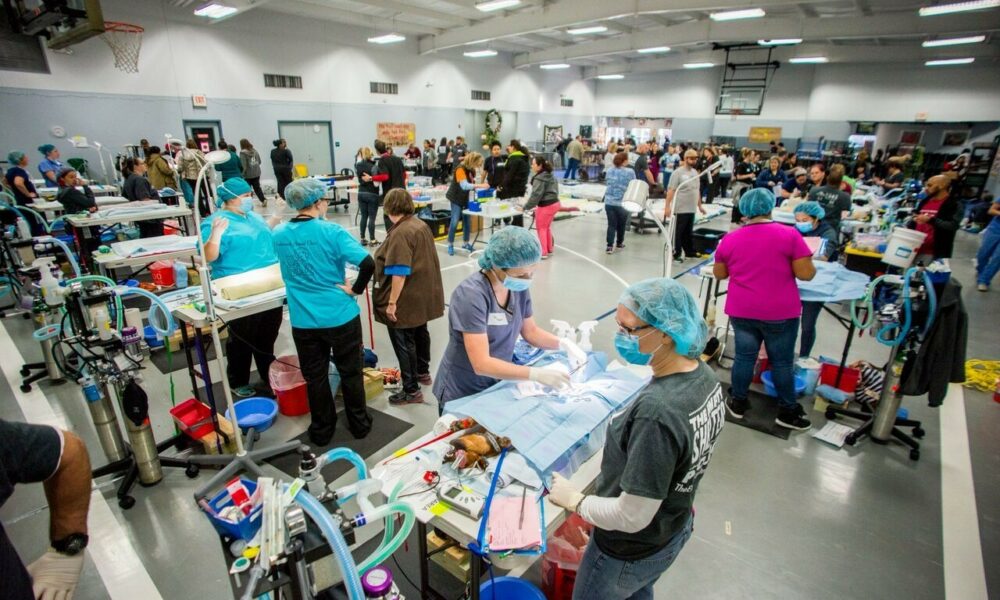

Today we’d like to introduce you to Randal Kissling.
Hi Randal, so excited to have you with us today. What can you tell us about your story?
Co-founders Mary Tipton and Christine Morgan volunteered for dog and cat rescue in 2011… Both had been in Rescue for many years by this time. They decided that they could put together an organization that was more transparent and better managed, so they formed their own 501c3, known as K-9 Angels Rescue (K-9AR), in 2012. They pooled $3,000.00, formed a board, stole a handful of volunteers, and found a donated space. Their mindset was, “We will run this organization until the money runs out.” By 2016, K-9 Angels Rescue was thriving as a traditional Dog Rescue. We pulled mainly from BARC and Harris County Animal Shelters which at the time were still high-kill shelters. We had a large active volunteer base and a growing revenue base and budget (through adoption fees, donations, and fundraising events). We were rescuing and finding good homes for over 1000 animals per year. By this time, we realized that we were never going to “adopt our way out of” Houston’s unwanted pet overpopulation problem. We began dabbling in providing free spay neuter services through a voucher system, but this never really got off the ground. Around this time, one of our young volunteers, Miller Friedman, went off to college and attended a volunteer Spay Neuter event run by an organization called SNIPSA (Spay Neuter Innoculate Protect San Antoni0). Miller told Mary what a great thing this was, so at SNIPSA’s next event, K-9AR sent a small delegation to participate. They met the organizers of SNIPSA, who graciously agreed to provide us with many of the tips, tricks, and documents needed to put on big events like this. At this point, we formed a DBA named The Empty Shelter Project (TESP) with a plan to put on quarterly Free Spay Neuter, Microchipping, and Vaccination Events in Houston and Harris County. We ordered about $150,000 of equipment and supplies, including crates, anesthesia machines, autoclaves, surgical instruments, etc. After our first two events we started getting donations that were exceeding our expenses. By 2019, TESP was going strong. We had a great core team of coordinators and team leaders. Then 2020 coronavirus showed up. We canceled our March event a week before the event date and subsequently canceled the remainder of 2020 events. Concurrently, we started phasing out of Rescue activities by first going to online applications with appointment-only meetings at our adoption center. We also build up a small spay neuter clinic in our Adoption Center in order to keep TESP active. By mid-2021, we began the TESP offsite events, starting small but ramping up in size by year-end. Concurrently, adoption activity was really decreasing. Many people who had adopted animals during Covid when they were stuck at home were struggling to deal the animals when they had to go back to work.
Fast forward to today. We have run 28 large TESP events, conducted multiple small clinics per month, and comp surgeries at other high-volume vet clinics, providing S/N microchipping and vaccination to nearly 18,000 dogs and cats. Our Adoption activity carries on at a low volume, with most animals coming in from a network of street rescue organizations. Our facility serves as a clearinghouse for many of these animals as they find homes either through K-9AR or other rescue organizations. We have also teamed up with Wolly’s Kitten Club. We provide them space to rescue and shelter cats and kittens while they get healthy and ready for bi-monthly transport to rescues up north.
We all face challenges, but looking back, would you describe it as a relatively smooth road?
Rescue is never a smooth road. If we had a motto, it would be “Rescue is Hard.” Not only are you having to make sometimes very difficult decisions about which animals get saved and which don’t, how to deal with problem dogs that you have brought into your organization, disgruntled potential adopters (and sometimes volunteers), but you also have to deal with competing interests of other rescues and the public shelters.
Probably our biggest hardship early on involved facility space. Up until about 2016, we were dependent on donated space to run our operations (often in strip centers where the owner would give us unleased space). We were at the whims of the owners and the market so if the space got leased, we got booted and were on the street looking for a new space to meet our needs. The worst was our great location on West Alabama and Shepherd. We were in one of two bungalows that used to be the Houston Cat Hospital. A cat organization had the other. A developer allowed us to use these facilities, and the initial plan would be for three years minimum as it would take a long time to plan and permit their project. We spent a fair amount of volunteer effort fixing the space up to meet our needs and fencing in the large backyard, which included an incredible old live oak tree. We had been in that space for a little over a year and were doing great adoptions when we suddenly got a note from the developer that we had a month to vacate. Apparently, their plans took a sudden change, and they sold the property. The new developer had a large bulldozer ready to start demolition on the day we did the final move-out. I remember they tore that Live Oak tree down limb by limb with that dozer. We were without a facility for about a month when another developer told us we could move into a property he had just bought. It was the old Hollywood Chinese Restaurant on Memorial. It was disgusting. The roof leaked incessantly, and we had a few hard rains that resulted in 6″ of water in the building. We had homeless people sleeping on the patio, etc. The silver lining was that experience finally convinced us that we could afford to rent a facility and control our destiny.
We mentioned CoVid and the profound impact it had on our operations (as it did for most) in the preceeding section.
K-9AR and TESP have tried, and I think succeeded, in keeping ourselves above the fray when possible. We try to be transparent in our actions and have established ourselves as an organization that delivers on our promises. We have been exceedingly fortunate to have great volunteers and donors that support our efforts.
Can you tell our readers more about what you do and what you think sets you apart from others?
I am a geologist that retired from ExxonMobil in 2017. I have been active in dog rescue since the early 2000’s. I was elected President of K-9AR in 2014 while on a business trip to Norway. In this role, I try to ensure that K-9AR remains transparent, sets challenging objectives, and fulfills its commitments. I monitor performance metrics, apply for grants, complete bid proposals, and work with other board members to keep things on an even keel. I am also the chief maintenance person for our facilities. For TESP, I serve as the logistics coordinator, ensuring that all of the equipment and supplies needed for the large off-site events are on hand, delivered to the event site, set up, and broken down after the events.
Mary Tipton, one of our founders, has had decades of Rescue experience. She served as Dog Intake Coordinator for the Rescue when that was our primary business and is still the primary liaison with other rescues and local shelters. Her main focus now is Registration Coordinator for the large TESP events and Small Clinic Coordinator for our smaller TESP in-house clinics. But more than anything, Mary is the inspirational and motivational leader of K-9AR and TESP. She thinks big and is not afraid to go after big goals. She is hard-driving but challenges others to step out of their comfort zones and learn new things. She is the face of K-9AR.
Christine Morgan, our other founder, has also been in the Rescue business for decades. She still serves as our Adoption Coordinator, which in our adoption heyday was a 60-hour-a-week job. She screens all adoption applications and works to find the best outcome for our dogs and our adopters. As you can imagine, for every successful adoption, there are often multiple turned-down applicants, which is a difficult message to deliver. Christine is un-wavering in her approach to adoptions and always puts the dog’s outcome first. She has a clearly defined set of criteria which she applies in a transparent manner. Christine is honest and forthright and is a strong force that has kept K-9AR on the straight and narrow through the years.
Can you talk to us a bit about the role of luck?
I personally think luck is not much more than recognizing an opportunity and having the foresight and/or courage to take advantage of it.
Probably the biggest piece of luck that K-9AR has experienced goes back to the very beginning… Mary and Christine meeting through the rescue they volunteered at prior to forming K-9AR. They have two very different personalities, but both share a tremendous passion for animal welfare and the success of K-9AR. Fortunately, their personalities tend to be constructive together rather than canceling each other out. Even their regular day-to-day discussions can be loud, and sometimes it sounds like the clash of the titans, but they always come to alignment on issues in a way that is positive for the organization.
Contact Info:
- Website: www.k-9angelsrescue.org
- Instagram: theemptyshelterproject
- Facebook: The Empty Shelter Project-Texas
